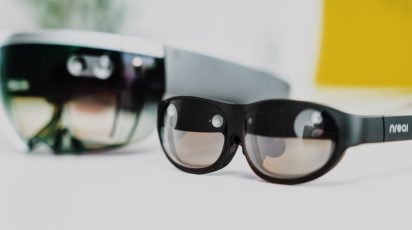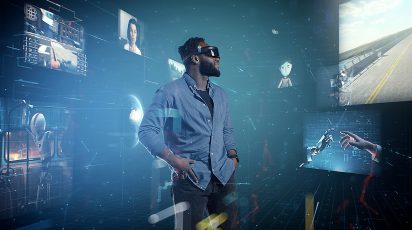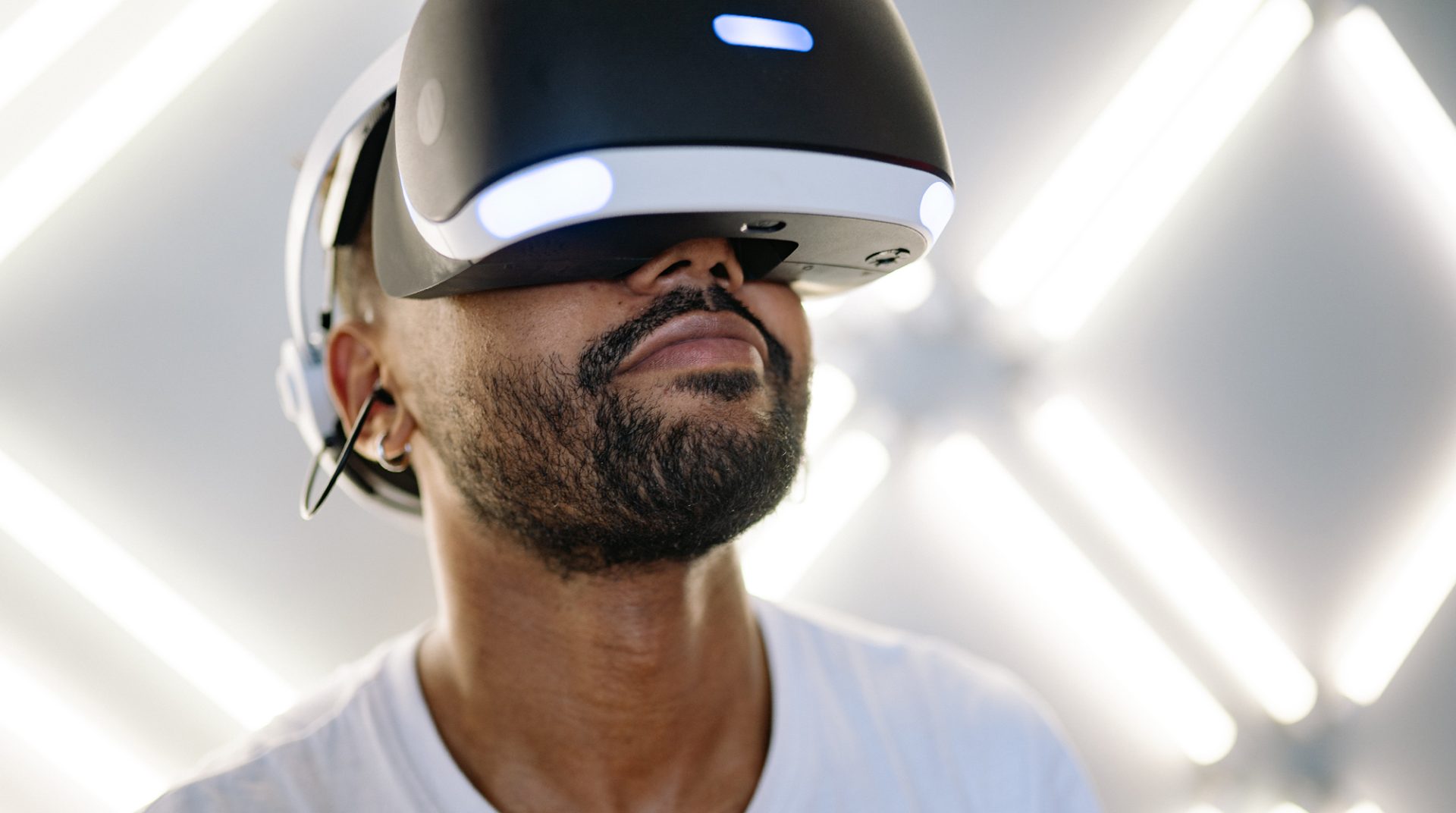
October 6, 2022
Is Your Frame Rate Affecting Your VR Experience?
Virtual reality is, in essence, designed to allow users to take part in various scenarios that they wouldn’t be able to experience in reality for many reasons. For example, VR enables operators to learn how to complete tasks in dangerous situations without risking their lives or the assets. But not all VR experiences are the same. Why is it that sometimes you participate in an exciting story you can share with your friends and co-workers while at other times you experience discomfort? In this blog post, we will explain what frame rate is and its effect on the VR experience.
What is the frame rate?
You’ll have heard about the frame rate or the term frames per second (FPS) before, so in general, we’re sure you’ll know what we’re talking about. The scientific definition of frame rate is that it is simply the number of images shown in a single second, whether in a video or VR. So, 120 FPS means that you will see 120 images every single second. This sort of speed produces smooth movements. This is particularly important in VR because it is the key element in creating a fully enjoyable VR experience that delivers and doesn’t cause nausea or motion sickness.
The frame rate in VR is responsible for two things:
- Latency: The higher the frame rate, the lower the latency and the other way around. If latency is too high, the VR experience is not as responsive or as enjoyable as it should be.
- Smoothness of the VR experience: The role of any VR headset is to deliver a realistic VR experience, and without an adequate frame rate, that element is missing. Smoothness is necessary for immersion, and without immersion, any trainees trying to sharpen their skills in VR generally won’t be satisfied.
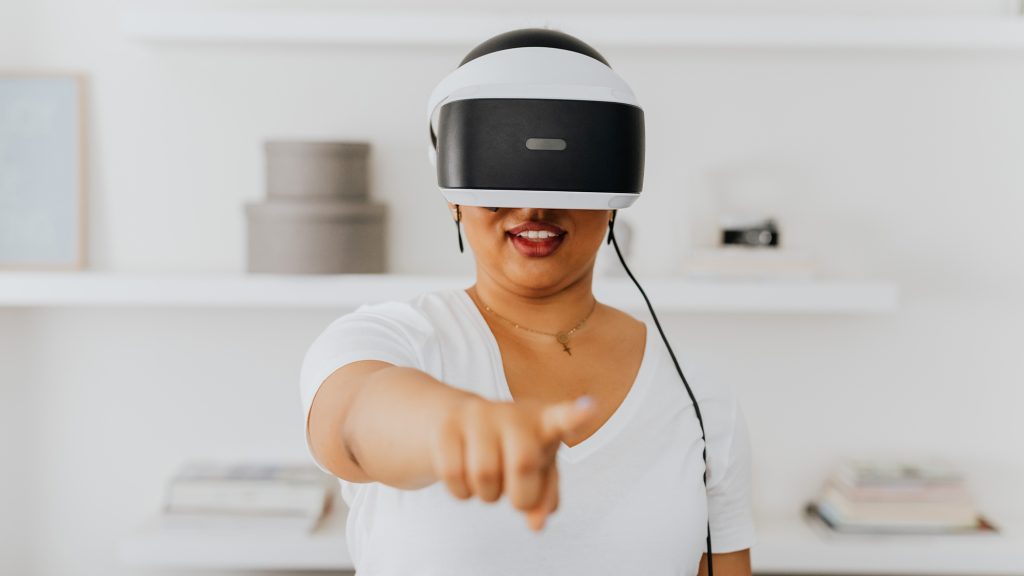
The effects of frame rate
A study completed by a team of scientists at the Grenoble Alps University in France analysed the effects of resolution, latency, frame rate, and jitter on objects in VR. Altogether, 16 participants aged between 23 and 37 observed two different objects – a static bone and a moving butterfly – while the values of these four parameters were increased or decreased. The researchers found that frame rate and motion jitter affected the participants’ experience the most. A drop in resolution or latency didn’t affect the overall experience as the feeling of presence was still strong even if the image wasn’t crystal clear and some details of the two observed objects weren’t easily discernible.
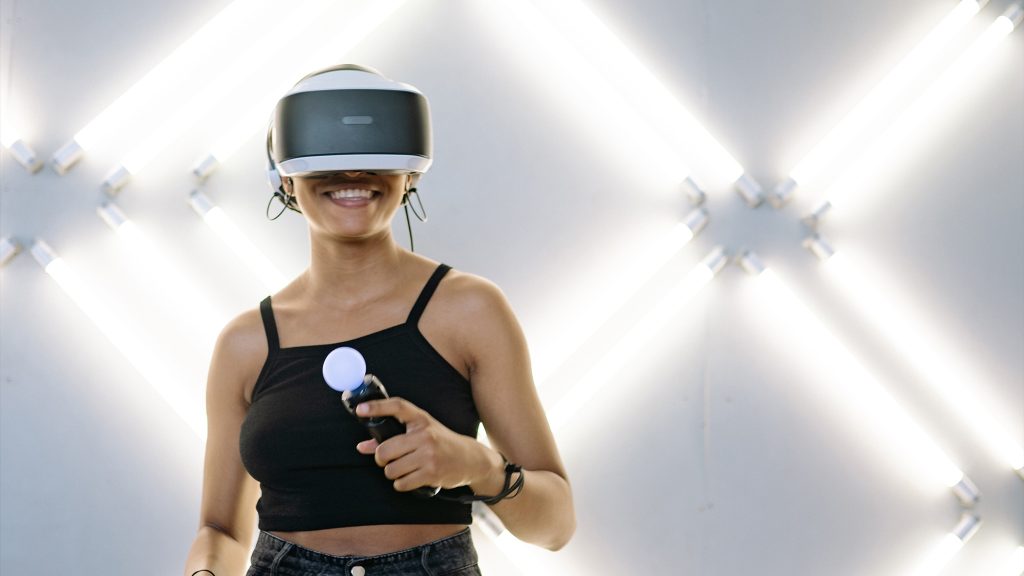
So how much FPS is enough FPS?
The rule here is the higher, the better. Anything below 60 FPS will likely cause nausea, disorientation and general discomfort that might lead to motion sickness, so think of that as a minimum requirement for a functional experience. Furthermore, 120 FPS per eye is effective for delivering excellent VR training, and anything above that is just fantastic. There are not many VR headsets available on the market, so if you are interested in trying out something different, Pimax and Valve are good choices. For now, the majority of VR hardware today aims to work at 120 FPS because that frame rate is widely affordable and works just right.
Still, when it comes to a smooth, unforgettable VR training experience, it’s not only about the frame rate. With 120 FPS or higher, the biggest challenge is delivering the content such that it creates immersion in the user’s mind. If you’re using a PC-powered VR headset, the PC has to be powerful enough to smoothly render the images as you go around and explore the world you are in. Another option is to use a standalone VR headset with a high frame rate.
However, if a VR experience isn’t as smooth as you think it should be or you notice a drop in quality, there are, in fact, three things you can try to do to increase performance:
- Check your graphic card drivers, as outdated drivers can create performance issues.
- Try lowering the resolution of the VR game or training session you are trying to run. That might give you a smoother experience overall.
- If both of the above don’t help, simply try restarting your VR headset. Sometimes software glitches can ruin your experience, and this will help you get rid of them.
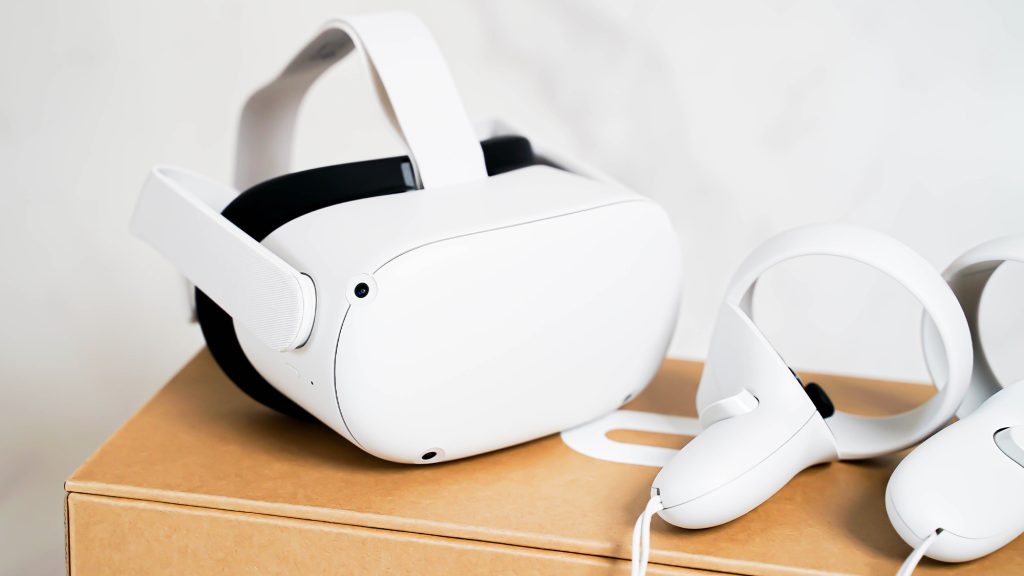
Closer to reality than ever
In the second half of 2022, we can safely say we are almost at the point where VR experiences will be as realistic as reality. This is particularly exciting for us in the O&G industry because VR has already boosted our industry in more than just one way. An adequate frame rate is just one step to that hyperrealism we’re all patiently waiting for.


